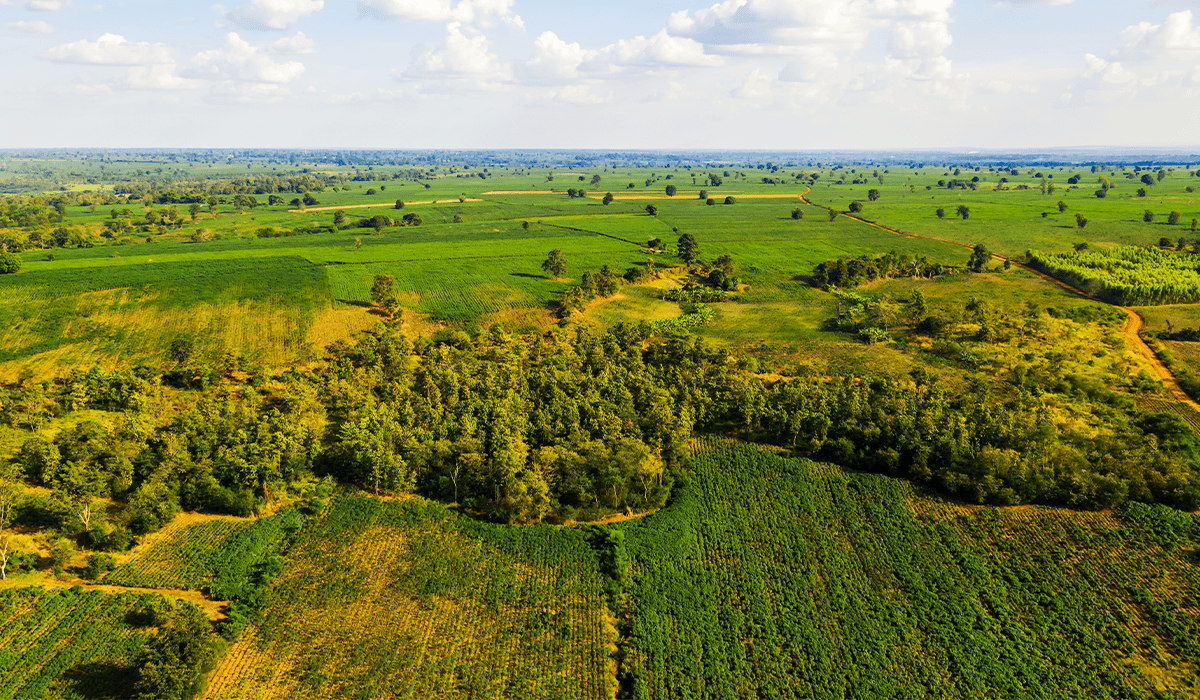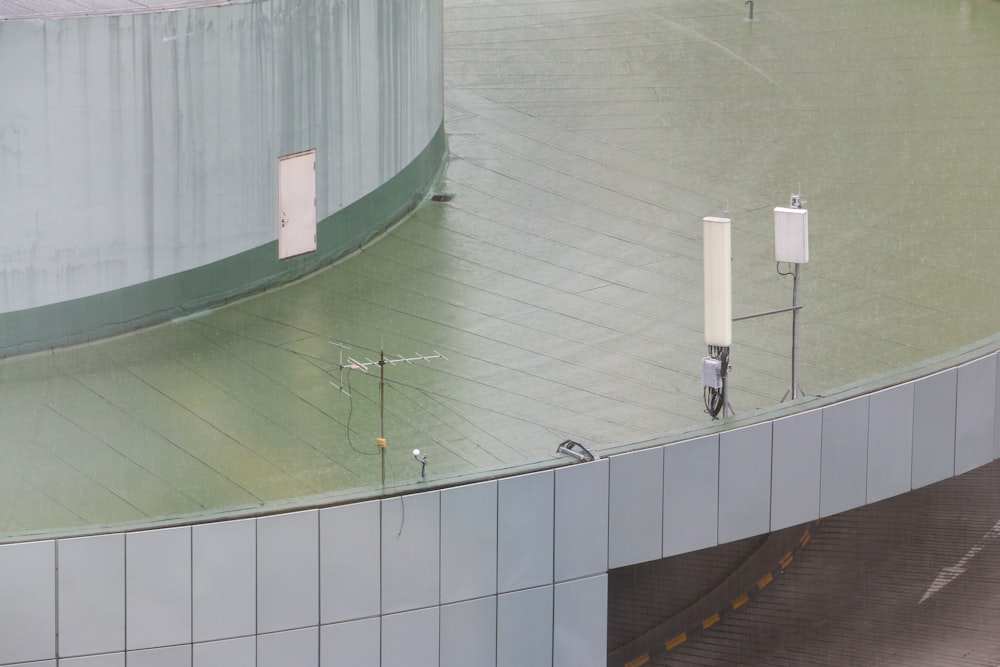
In the realm of renewable energy, green hydrogen emerges as a promising contender, offering a clean and sustainable alternative to traditional fuels. Let’s explore the potential of green hydrogen and its role in shaping the future of energy.
Understanding Green Hydrogen
Green hydrogen, produced through electrolysis using renewable electricity, stands out as a key player in the transition to a low-carbon energy system. Unlike grey hydrogen, which is derived from fossil fuels and emits carbon dioxide during production, green hydrogen is generated from renewable sources, such as solar or wind power, making it carbon-free and environmentally friendly.
Electrolysis: Unlocking Hydrogen from Water
The process of electrolysis involves splitting water molecules (H2O) into hydrogen (H2) and oxygen (O2) using electricity. Renewable electricity, generated from sources like solar or wind power, powers the electrolysis process, driving the production of green hydrogen. This sustainable method of hydrogen production offers a clean and efficient pathway to decarbonizing various sectors, including transportation, industry, and power generation.
Versatility in Applications
Green hydrogen boasts versatility in its applications, offering solutions across a wide range of sectors. In transportation, hydrogen fuel cell vehicles utilize green hydrogen to produce electricity, emitting only water vapor as a byproduct. Additionally, green hydrogen can be used in industrial processes, such as ammonia production and refining, providing a clean alternative to fossil fuels. Moreover, green hydrogen holds potential for energy storage and grid balancing, helping to stabilize renewable energy systems and enhance grid resilience.
Enabling Renewable Integration
One of the key advantages of green hydrogen lies in its ability to facilitate the integration of renewable energy sources into the energy system. By storing excess renewable electricity as green hydrogen, energy can be stored and transported efficiently, overcoming challenges related to intermittency and grid congestion. This flexibility in energy storage and distribution enables a smoother transition to a renewable energy future, ensuring a reliable and resilient energy supply.
Driving Economic Growth and Innovation
The rise of green hydrogen presents economic opportunities for countries and industries seeking to transition to a low-carbon economy. Investments in green hydrogen infrastructure, including electrolyzers, hydrogen refueling stations, and pipeline networks, create jobs, stimulate economic growth, and drive innovation. Moreover, green hydrogen technologies spur technological advancements and research breakthroughs, paving the way for further cost reductions and scalability.
Overcoming Challenges
Despite its potential, the widespread adoption of green hydrogen faces certain challenges. High initial capital costs associated with electrolyzer installation and infrastructure development remain a barrier to widespread deployment. Additionally, the availability of renewable electricity and the scalability of green hydrogen production pose logistical challenges. Addressing these hurdles requires continued investment, policy support, and collaboration among stakeholders.
Global Initiatives and Collaborations
Around the world, governments, industries, and research institutions are ramping up efforts to advance the green hydrogen agenda. Initiatives such as the European Green Hydrogen Alliance and the International Partnership for Hydrogen and Fuel Cells in the Economy (IPHE) aim to accelerate the development and deployment of green hydrogen technologies. Collaborative projects and partnerships foster knowledge sharing, technology transfer, and market development, driving collective progress towards a hydrogen-powered future.
Environmental Benefits
From an environmental perspective, green hydrogen offers significant benefits in terms of emissions reduction and air quality improvement. By replacing fossil fuels with clean hydrogen, greenhouse gas emissions are minimized, contributing to climate change mitigation efforts. Moreover, the use of green hydrogen reduces air pollutants and harmful emissions, promoting cleaner and healthier communities.
The Path Forward
As we look to the future, green hydrogen emerges as a key enabler of the global energy transition. Its versatility, sustainability, and potential to decarbonize various sectors position it as a critical component of a clean and resilient energy system. Continued investments, technological advancements, and supportive policies are essential for unlocking the full potential of green hydrogen and realizing its promise as a cornerstone of the renewable energy revolution.
Embracing a Sustainable Energy Future
In conclusion, green hydrogen renewable energy represents a beacon of hope in our quest for a sustainable energy future. By harnessing the power of renewable electricity, green hydrogen offers a clean, efficient, and versatile energy solution with far-reaching benefits for society, the economy, and the environment. As we embrace the potential of green hydrogen, we take a significant step towards building a greener, healthier, and more resilient world for generations to come.














:strip_icc():format(webp)/kly-media-production/medias/1361321/original/037551300_1475300410-software.jpg)




























